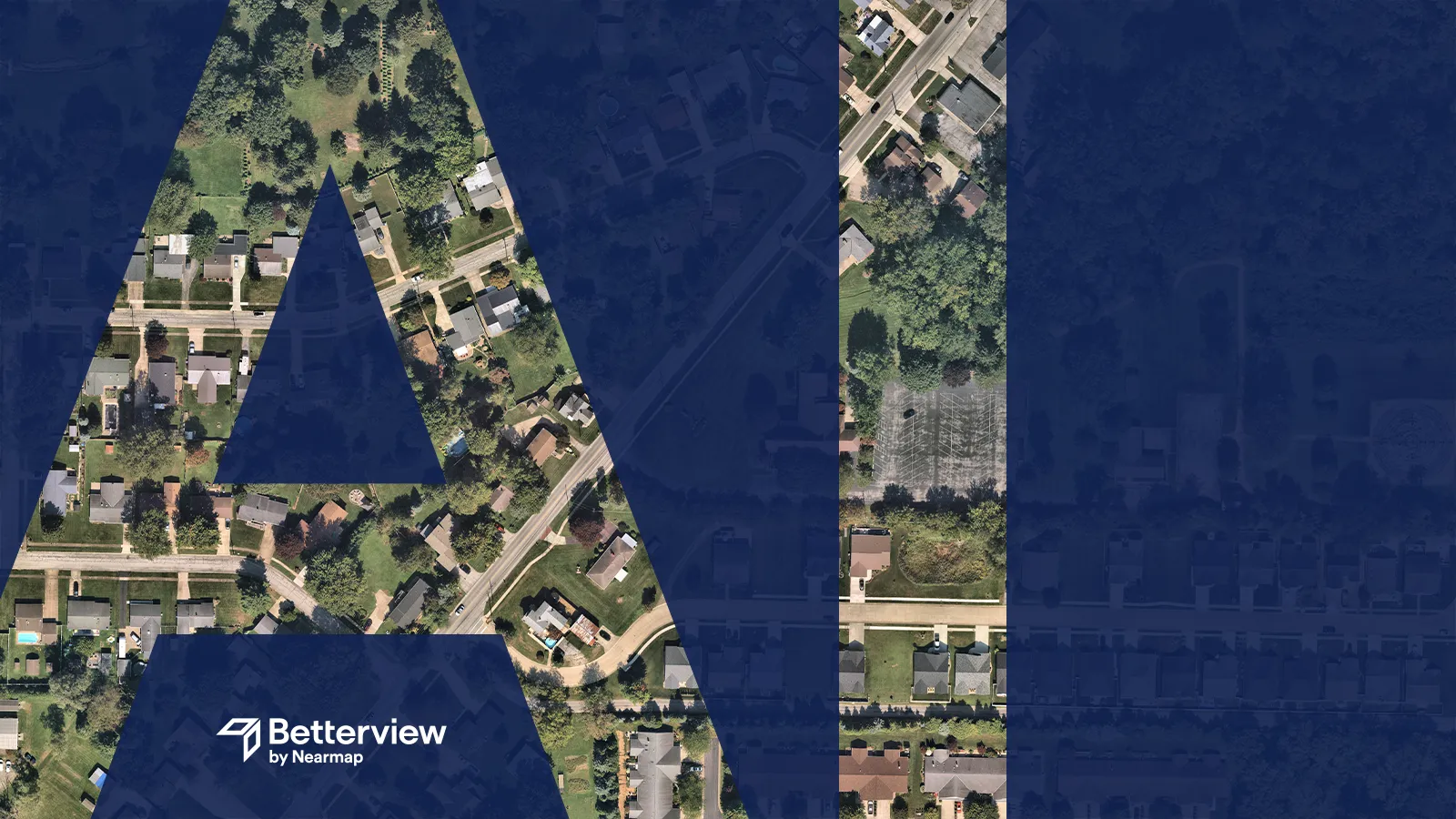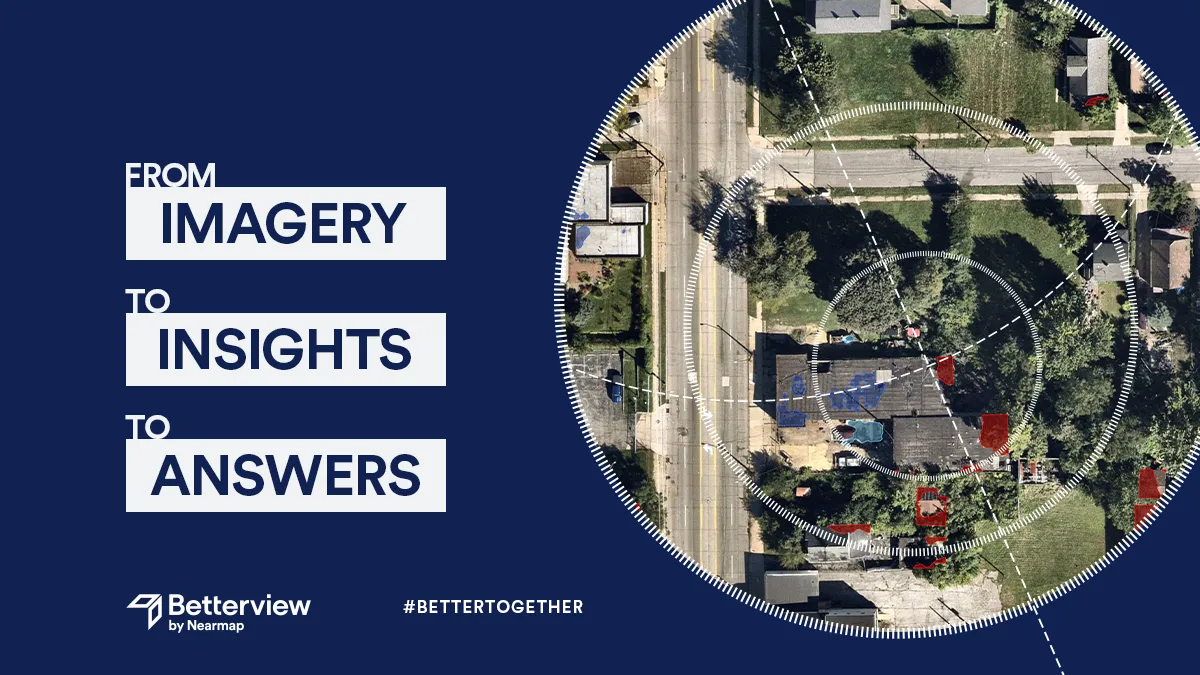How AI Can Keep P&C Insurers Profitable
How can P&C insurers remain profitable in 2024?

A turbulent economy has people across multiple industries monitoring the likelihood of recession in the near future. It is speculated that many factors, from war, disrupted supply chains, government economic policies, to the lingering effects of the global COVID-19 pandemic, could contribute to a significant financial downturn. Although it is difficult to definitively prove or disprove these speculations, I do think this is a good time to project how specific industries and systems might fare during a potential recession. Call it a routine stress test. Having experienced both insurance market and macro-economic cycles during my 35 years working in the Commercial P&C industry, I naturally wonder how our current property insurance market will respond to a more difficult economy.
Historically, insurance has a reputation for being “recession-proof.” Now, this is not entirely accurate – for reasons I will explain momentarily – but it does reflect a kernel of truth. Insurance, (particularly property insurance, both commercial and personal lines,) is not an elastic good. Although limits, coverages and retentions may adjust based on prices driven by supply and demand for capacity, customers are still largely mandated to transfer risk and purchase some level of insurance.
For customers / policyholders, the impact of inflation, especially coupled with recession and a dynamic regulatory environment, drive increased risk exposures and total cost of risk. All industries must contend with volatile commodity markets, especially oil market shocks. This volatility directly or indirectly impacts direct expenses and accuracy of financial projections and asset valuations. Supply chain disruptions also create inflationary impacts that may not be directly correlated with money supply. These disruptions may lead to increased systemic risk exposures, both interdependency and contingent business interruption. Labor market challenges can create unacceptable costs, or at least the inability to recruit key talent. Ultimately, necessary corporate budget constraints can negatively impact implementation of risk management programs and delay facility improvements.
For Property Insurers, financial results are correlated to the macro-economy and it is an oversimplification to call the industry wholly recession-proof. Insurance profits depend on a healthy return from investment results, and also as measured by combined ratio. Obviously, a significant portion of a higher expense ratio can be directly tied to an inflationary environment, along with the potential for an increased loss ratio due to increasing exposure attributes outlined previously. This coupled with unstable investment results, can certainly be a challenge. In addition to the lack of available underwriting talent in a very competitive job market, P&C companies may contend with reduced operational budgets and the need to seek efficiencies related to core underwriting evaluations. Choices must be made related to specialized training and talent development in accordance with the changing risk landscape.
Every recession takes place under unique circumstances that impact each industry differently. The contingencies of COVID-19 have certainly created complications and raised costs for property insurers. For example, the on-the-ground inspections process (pre-bind, re-inspection and post loss surveys) has been severely affected by the restrictions of social distancing. Claims adjustments can be tricky given the complexity and dynamic nature of property valuations, especially in an inflationary environment. Labor shortages, too, may have a significant impact on risk evaluation processes. The result is that site surveys and other processes dependent on boots-on-the-ground are more costly relative to time, money, and resources. Insurers who do not already use geospatial imagery and digital automation for underwriting and inspections may see their combined ratios deteriorate. These priorities must be reviewed, especially related to investment in innovation, to drive overall efficiencies in risk assessment and operational processing. The capability now exists to implement automation and digital tools for onsite risk surveys, use of aerial imagery/drones, and quick desktop studies. However, short-term financial pressures may delay or eliminate these opportunities.
This brings us back to the original question: how will P&C insurers contend with a global recessionary environment? There are certainly no easy answers. Yes, insurers are somewhat protected from many of the worst impacts of a recession due to the nature of their business. However, those that do not adapt to contend with adverse economic conditions will see mounting costs, inadequate risk assessment, and less efficient workflows, all resulting in deteriorating combined ratios. The current economic environment presents an opportunity for the industry to re-evaluate current “ways of working”, and hopefully consider longer term solutions that serve to mitigate the impact of future economic downturns. In part two of this post, I will discuss what some of those proactive measures might entail.

How can P&C insurers remain profitable in 2024?

What does the Nearmap acquisition of Betterview mean for the insurance industry?

The insurance industry, and the technology that supports it, have seen significant change over the last few years. New technology continues to come...